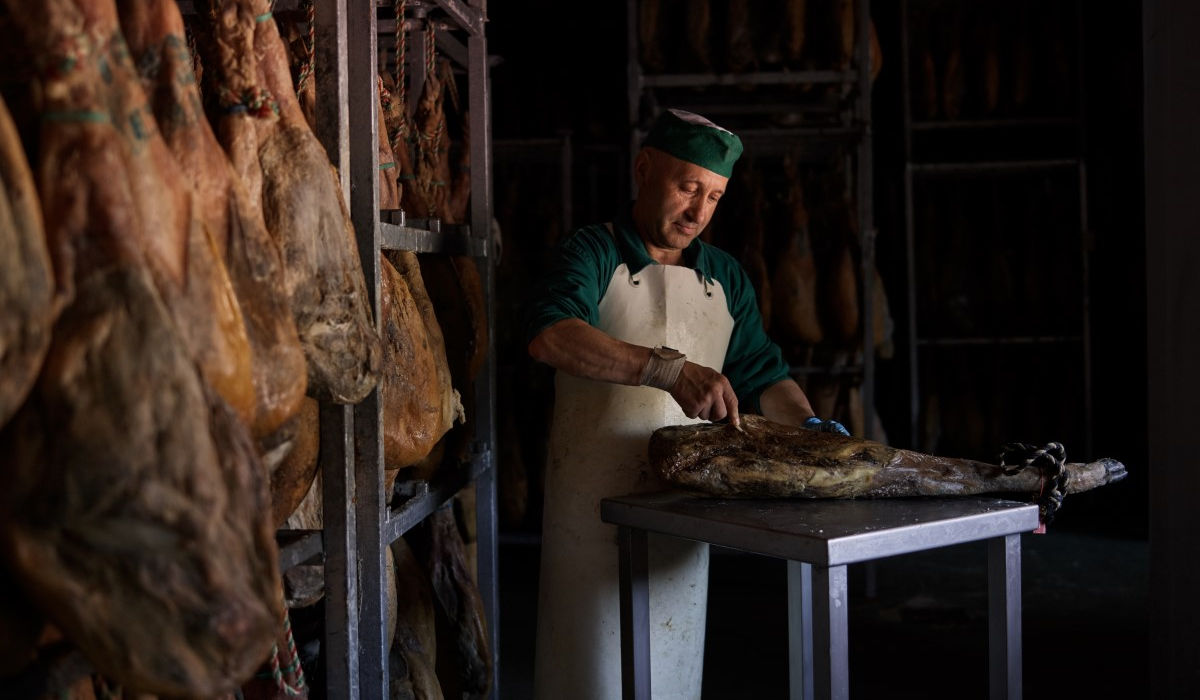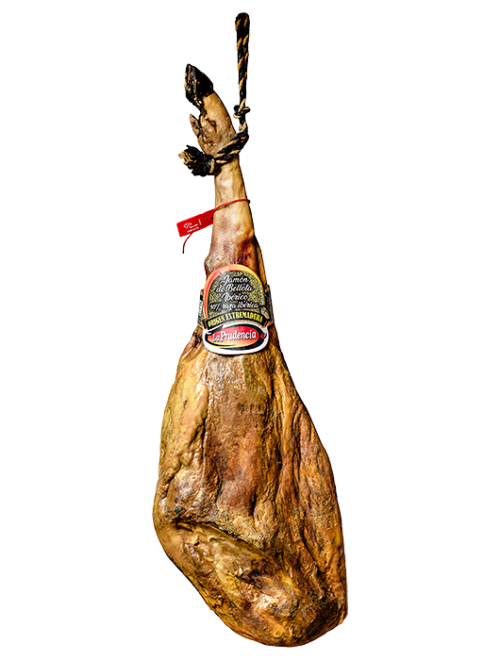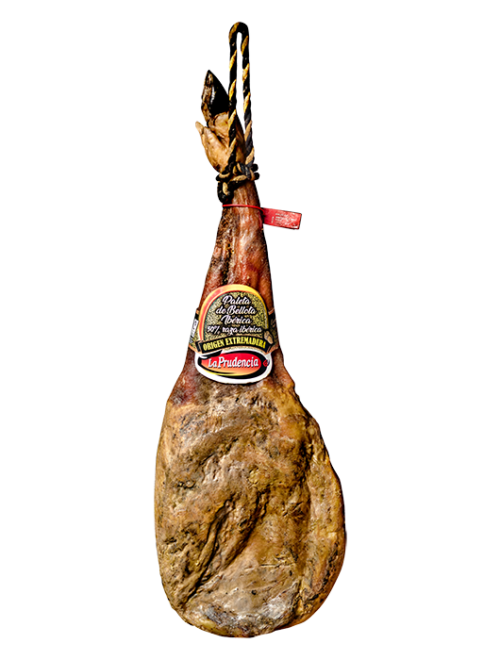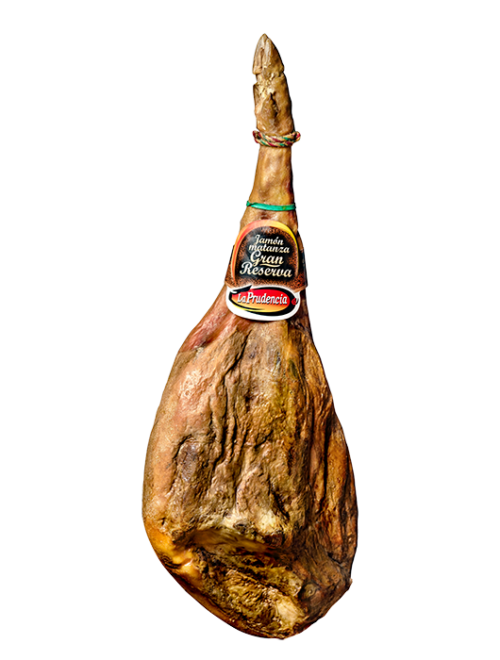El Rincón de Zafra
We raise our own bellota (acorn-fed) and cebo de campo (pasture-fed) Ibérico pigs in our Zafra and Alconchel pastures.
“The pigs of La Prudencia live in freedom and in perfect harmony with the ecosystem of which they are a part.
Each La Prudencia pig needs one hectare of space to live.
They are very happy pigs.”

Slaughterhouse & Processing room
Our plant has an area of 5,530 m2, with an annual capacity of 200,000 animals.
Once we receive the pigs from Extremadura (IBÉRICOS) and Castilla y León (DUROC), they are allowed to rest in stables for the time necessary.
After this rest period, the pigs are slaughtered humanely without suffering.
The carcasses are subsequently classified and numbered to ensure accurate traceability.
Each carcass is weighed and automatically sent to the drying and stabilisation chamber where it is rapidly cooled in order to maintain the organoleptic characteristics and the microbiological quality of the product.

Salting
Each stage of the La Prudencia production process is artisanal and traditional.
After slaughter, the newly cut hams are covered with sea salt for 0.6 days per kg of ham.
Other companies employ a salting time of around 1 day per kg of ham, but at La Prudencia, we are committed to using less salt to obtain a healthier product and a longer artisanal curing process.
The salting chamber is kept between 0-3°C at 85-95% humidity.
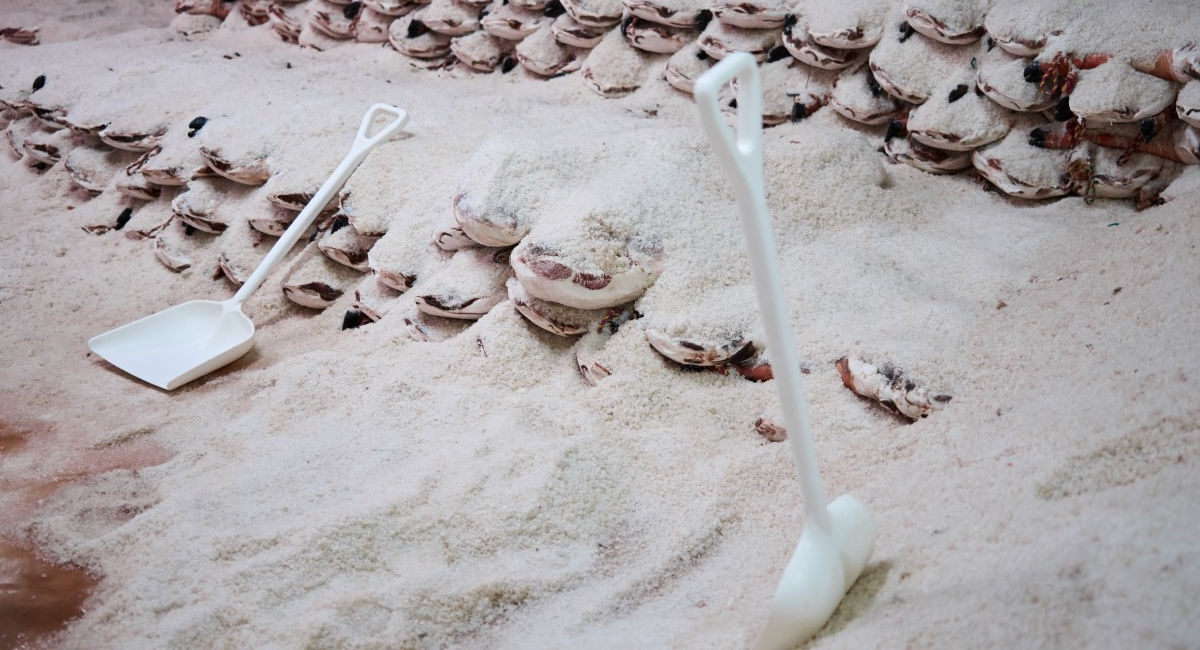
Washing & Settling
After this period, the hams are rinsed in warm water to remove the salt crystals from the surface with a relative humidity of between 70-90%. At the end of the washing stage, each ham is individually inspected.
They are then hung by a cord and placed in a chamber to begin balancing the saline, or “settling”.
This chamber will slowly remove the moisture from each ham, until the salt is correctly distributed between the different muscle masses in the ham.
This sedimentation process takes place at controlled temperatures of between 0° and 6°C and 80% to 90% relative humidity.
The salt balancing process takes approximately 30 to 40 days, depending on the type of ham.
This process gives the hams a significantly denser consistency, due to the removal of all the moisture.
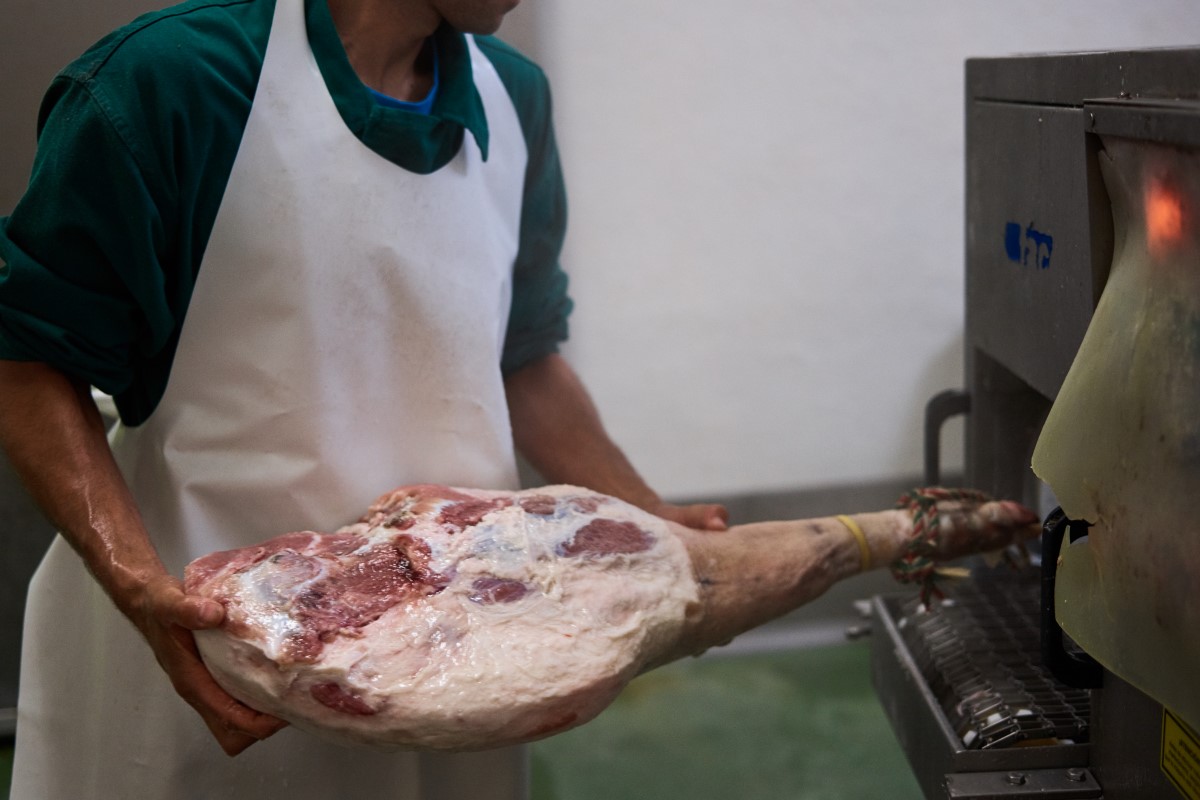
Drying
The hams are then taken to the drying rooms, or natural drying area, where the temperature and humidity are controlled via natural windows. The temperature varies from 15° to 30°C during the drying period of 6 to 12 months.
This rest period combines the fusion and progression of the infiltrated fat until it reaches an even distribution in the muscle tissue.
This stage lasts between 6 and 9 months.

Maturation & Aging
Upon leaving the drying the rooms, the pieces are classified by weight, quality and structure, from where they go to the natural storehouses to reach the last stage of curing, known as the maturation process.
The temperature in the storehouses oscillates between 15° and 20°C and with relative humidity around 60-80%. The ham undergoes a series of enzymatic and biochemical changes during maturation which, over time, are responsible for its excellent qualities of aroma, flavour and texture.

Calado
The end of maturation sees the beginning of a rigorous selection stage. The “cala” process is used to verify the sensory characteristics of each ham and shoulder.
The “calado” is carried out by the Ham Master, who, employing years of knowledge and traditional tools, will determine if a ham is ready or needs more time to complete its journey to your plate. This is done by inserting a fine beef bone into the piece at various points and examining it for odour and appearance.
This phase is decisive in knowing whether the ham has reached its optimum point of curing and salt, and whether this is its perfect moment for consumption. Now all you need to do is enjoy it!
